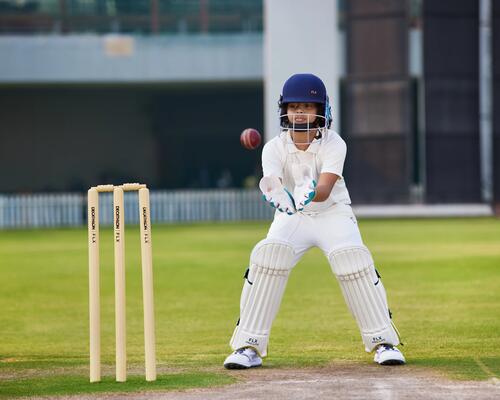Practicing your run ups
Great for: Leg muscle endurance, pacing your bowling run up.
What you need
• A large open, flat space.
• A way of marketing out your run up and the place from which you will perform your bowling action.
• Either a cricket, tennis or wind ball and a wicket. These aren’t essential, but certainly will help give you more of a focused run up.
How to
• Depending on the space you have, first mark out the line from which you will bowl.
• To get a sense of your run up, count your paces as you walk back from this mark. On average, a fast bowler’s run up will be between 10-25 paces in length.Once you’ve found the right length, make another mark.
• In a relaxed but focused fashion, learn how to pace your run in, building up your speed as you come to the end of your approach. Many fast bowlers hit top speed in their final 6-8 paces.
To simulate the workload of a bowler, try this exercise in sets of six reps, the same number of balls bowled in an over.


















